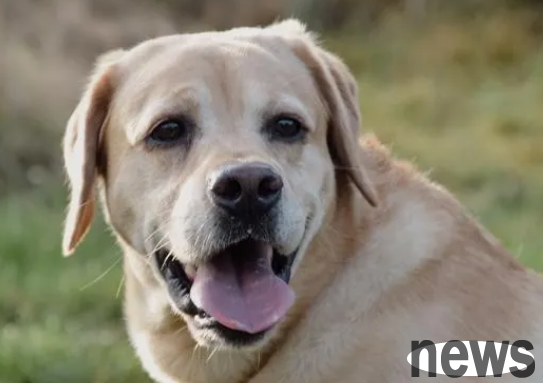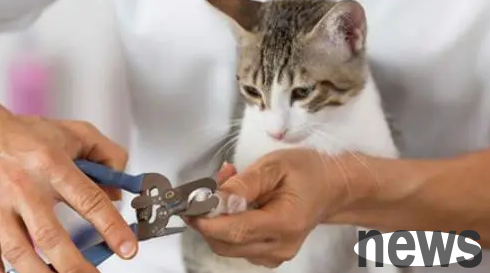The easiest way to eliminate hernia in dogs
Hernia, in layman's terms, is the organs in the abdominal cavity break out through the natural channels or cracks in the abdominal wall. Hernia in dogs mainly includes umbilical hernia, scrotal hernia, perineal hernia, inguinal hernia, and diaphragmatic hernia. In case of mild hernia, the organ that is released can be pushed back into the abdominal cavity through the hernia hole; in case of severe hernia, it cannot be pushed back into the abdominal cavity because the hernia hole is closed or the organ is adhesion to the surrounding area. This article will introduce in detail the symptoms, causes and easiest ways to eliminate hernia in dogs to help pet owners better understand and deal with this problem.

1. Symptoms and causes of dog hernia
The symptoms of dog hernia are usually manifested as palpable soft lumps on the abdominal wall, and the size of the lumps can change with position. When the dog stands or exerts force, the lump may increase; when the dog is lying down or relaxes, the lump may decrease or disappear. In addition, dogs may also show symptoms such as pain, discomfort, and loss of appetite.
The causes of hernia in dogs are diverse, mainly including congenital and acquired factors. Congenital factors such as dysplasia of the abdominal wall and weak peritoneal layer; acquired factors such as trauma, poor surgical incision healing, infection, etc. All of these factors can lead to defects or damage to the abdominal wall, which in turn causes a hernia.
2. The easiest method to eliminate hernia in dogs. For dogs, the easiest method to eliminate hernia usually includes the following aspects:
Observation and rest
First, pet owners should closely observe the dog's hernia condition. If the dog has mild hernia symptoms and does not cause obvious discomfort or pain, you can temporarily take observation and rest. Avoid having your dog perform vigorous exercise or excessive force to avoid aggravating hernia symptoms. At the same time, maintaining the dog's diet and routine will help promote the natural recovery of hernia.
Compression bandage
For dogs with mild symptoms, compression bandage can be used for treatment. Use sterile gauze or bandage to bandage the hernia area in the dog to reduce intraperitoneal pressure and promote natural retraction of the hernia. When bandaging, you should pay attention to moderate tightness to avoid excessive tightness causing discomfort or difficulty breathing of the dog. At the same time, change the bandage materials regularly to keep them clean and dry and avoid infection.

Surgery treatment
For dogs with severe symptoms or whose symptoms cannot be eliminated by conservative treatment, surgical treatment is usually required. The purpose of surgical treatment is to repair defects or injuries of the abdominal wall through surgical treatment to prevent the abdominal internal organs from protruding again. Before surgery, pet owners should fully understand the risks and precautions of the surgery and perform the surgery under the guidance of a professional veterinarian. After the operation, the pet owner needs to take care and rehabilitate according to the veterinary requirements to ensure that the dog can recover successfully.
Diet conditioning
In addition to the above treatment methods, dietary conditioning is also one of the important measures to eliminate hernia in dogs. Pet owners should pay attention to providing dogs with balanced and easy-to-digest foods, and avoid giving them too greasy and highly irritating foods. At the same time, keeping the dog drinking sufficient water will help promote intestinal peristalsis and smooth bowel movements, and reduce intra-abdominal pressure.
Preventive measures
Prevention of hernia in dogs is equally important. Pet owners should pay attention to providing a comfortable and safe living environment for their dogs to avoid trauma or infection. At the same time, regular precautions such as physical examinations and deworming can help promptly detect and treat potential health problems in dogs.
In short, there are many ways to eliminate hernia in dogs, and pet owners should choose appropriate treatments based on the specific situation of the dog. During the treatment process, maintain patience and confidence, follow the guidance of professional veterinarians, and believe that the dog will definitely overcome the hernia problem and restore a healthy and happy life.




